Currently, there are still nearly 180,000 martyrs nationwide who have not been found, and about 300,000 martyrs whose names are unknown even though their remains have been placed in cemeteries. To return the names of unidentified martyrs, the authorities have established a gene bank for martyrs and their relatives to compare the results of genetic testing (DNA).

At the family of martyr Nguyen Chi Cuong in Trung Tien village, Tay Luong commune, Tien Hai district, Thai Binh province, from early morning, the villagers were present in large numbers to attend the ceremony to receive and pay their respects to the remains, which had just been brought back to their hometown from Binh Dinh.

Martyr Nguyen Chi Cuong was born in 1942, in Trung Tien village, Tay Luong commune, Tien Hai district, Thai Binh province. He enlisted in the army in 1967 and died on June 10, 1972 in An Nhon, Binh Dinh in an ambush that destroyed Battalion 309. Later, his remains were gathered by the unit at Nhon Hung cemetery, but due to lack of information and wartime conditions, the tombstone only had the words "Martyr Nguyen Quoc Cuong" written on it.
At home, the martyr’s family received a death notice, but only knew that he had died in Binh Dinh. Talking about the arduous journey to find his father’s remains, the couple Nguyen Thi Binh and Nguyen Van Chien could not hold back their tears and said: “My family has been searching for decades. Whenever there was information about where my father was buried, the family went looking. Before she died, my mother only had one wish: to bring my father’s remains back to her hometown.”
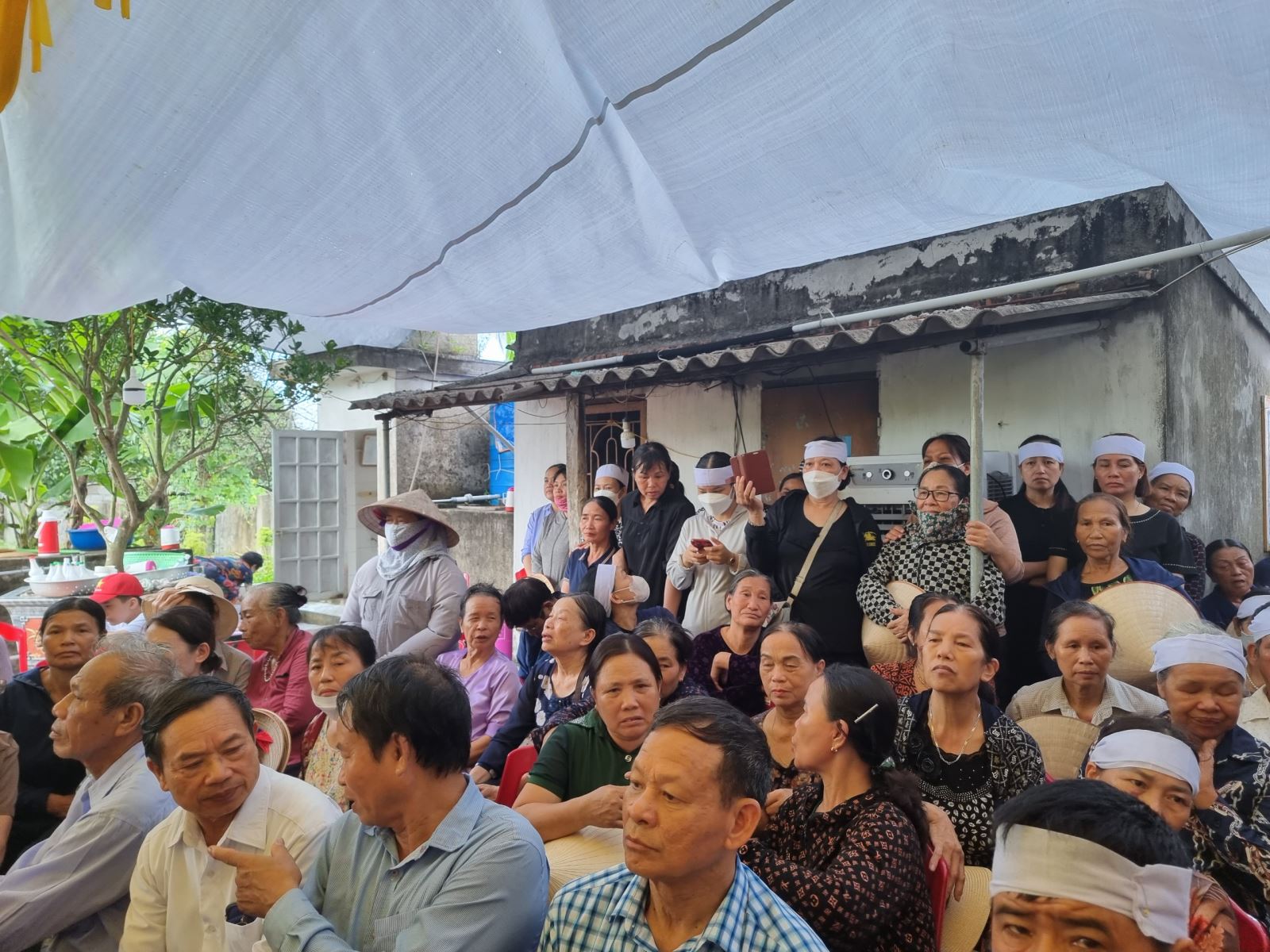
The search for the remains of martyr Nguyen Chi Cuong was actively supported by Mr. Nguyen Duc Kim, his nephew, a retired military officer. Mr. Nguyen Duc Kim is also a war invalid, so he is also concerned about finding his uncle's remains.
Mr. Nguyen Duc Kim shared: “As a former soldier and injured in the war to protect Quang Tri citadel, I understand better than anyone the painful losses of my family. I continuously asked acquaintances in the military to look for information about my uncle. The information milestone was more specific since 2016, when the army allowed decoding of unit codes, I was able to narrow down my uncle's sacrifice to An Nhon, Binh Dinh. The whole family went to all the cemeteries in An Nhon, Binh Dinh and determined that Nhon Hung Cemetery, An Nhon, Binh Dinh had the highest rate of duplicate information.”

“There are two gravestones of martyrs named Cuong, one of which has been moved by his family to his hometown in Chuong My district, Hanoi. I took the trouble to go to this martyr’s hometown to confirm the information and make an exclusion. I judged that it was due to an error in the collection or handwritten information in the file, so it was wrong. Therefore, I had to go back to Hanoi, submit an application to the Department of Meritorious People, Department of Labor, War Invalids and Social Affairs of Thai Binh and Binh Dinh, asking for permission to conduct a DNA test. Due to the name discrepancy procedures, the genetic test was difficult to implement according to current documents. Therefore, the family transferred the file to the Vietnam Association for Supporting Families of Martyrs for faster testing…”, Mr. Nguyen Duc Kim shared.
Immediately after receiving the notice of a genetic match, the martyr's family met and completed the procedures to correct the name and bring the remains of martyr Nguyen Chi Cuong from Nhon Hung Martyrs' Cemetery in An Nhon, Binh Dinh to be buried at Tien Hai District Martyrs' Cemetery, Thai Binh... Returning the name to martyr Nguyen Chi Cuong satisfied the family's wish of more than half a century.
“After years of hope, my family has now welcomed my uncle back to his hometown for burial. I am deeply moved and grateful to the government, organizations, relatives, comrades, and villagers who came to burn incense and send my father off to his final resting place. Bringing my father back to his hometown has also eased the pain of losing a loved one during the war,” said Nguyen Van Chien.
“From my uncle’s experience in searching for graves, the first thing to do is to ask for decoding of the unit code of the martyr who died to narrow down the search area. Therefore, relatives submit a request to the provincial military command to decode the unit code of the martyr who died based on the death certificate. Then narrow down the area and search for surviving comrades to have authentic information using empirical methods. In cases where the martyr’s grave is incorrect or lacks information and the identity is not yet determined, genetic testing is used,” said Mr. Nguyen Duc Kim.
Also in July 2024, after receiving the notification of the genetic test results, Mr. Phan The Hieu (Minh Quang commune, Vu Thu district, Thai Binh province) was present at the My Tho City Martyrs' Cemetery (Tien Giang province) to bring the remains of his brother, martyr Phan Minh Nham, back to his hometown. After 49 years, the martyr was brought back to his hometown by his younger brother, ending the arduous journey to find his relative's grave.
Martyr Phan Minh Nham was born in 1955 in Minh Quang commune, Vu Thu district, Thai Binh province. He enlisted for the second time in February 1974, fighting in the southwestern battlefield during the resistance war against the US. He died on April 14, 1975. A year later, his family received a death notice.
“On that piece of paper, there were only a few lines about his name, hometown and the words ‘buried at Chau Thanh District Hospital, My Tho Province’. That same year, the family learned more information about him dying in the battle in My Tho from two people from the same commune. From the time my brother left to fight for the independence of the Fatherland until the day he received the bad news, the family had almost no information about him. At that time, my parents also thought that they had lost him,” Mr. Phan The Hieu recalled with emotion.
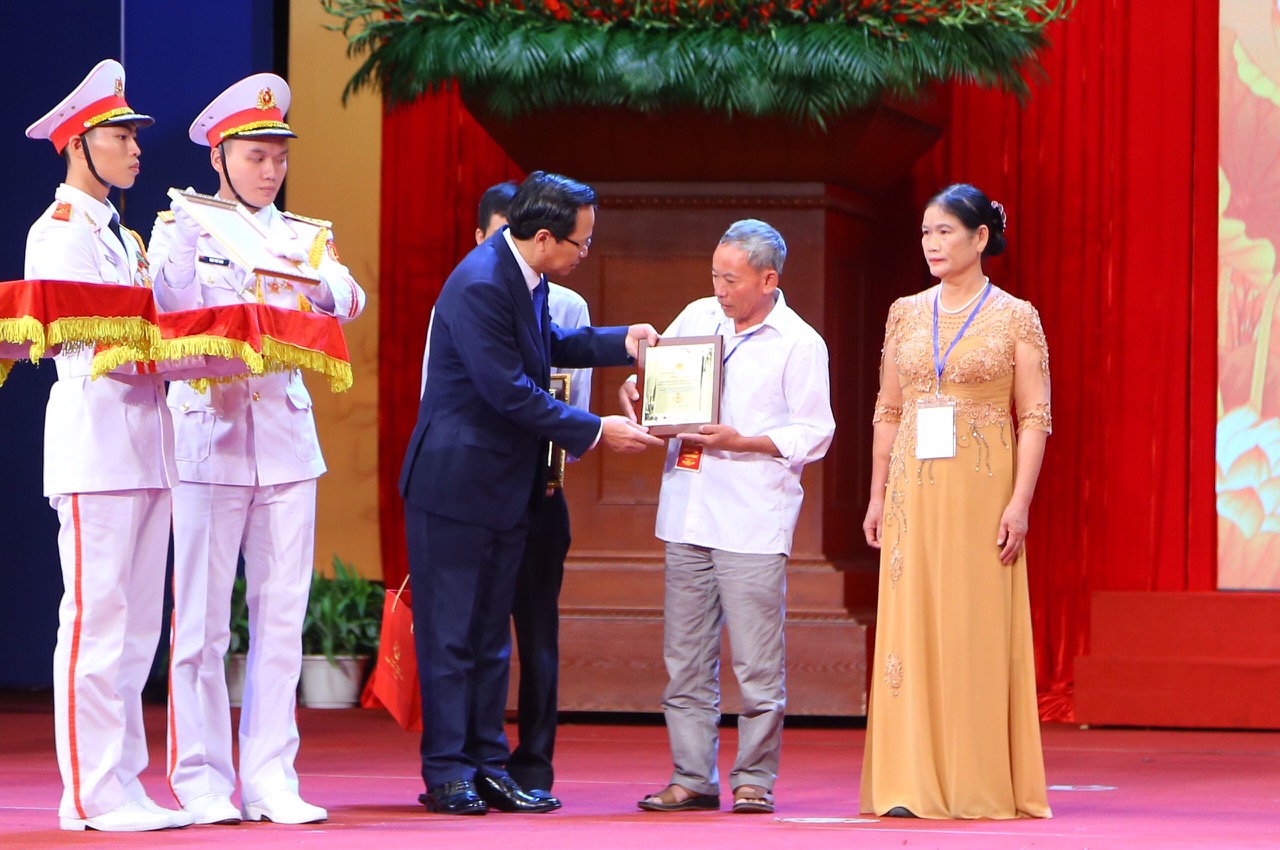
Based on the information on the death certificate and from his comrades, Mr. Hieu's family traveled from Thai Binh to My Tho (now part of Tien Giang) many times but still could not find the grave of their relative. From the original burial place, the grave of martyr Phan Minh Nham was later searched for by the collection team and buried at the My Tho City Martyrs Cemetery.
“For 30 years, whenever there was information, we went, just hoping to bring my brother back home. My whole family searched the battlefield many times, even using all means, including spiritual methods, but it was still hopeless. Wherever the psychic pointed, the family went to look, but in the end, they were all disappointed. My parents were heartbroken that they could not bring their son back, so before they died, they left me a piece of paper with the location and coordinates determined by 'spirit possession' and told me to continue searching, to bring him back,” the martyr’s younger brother recounted.
After about 5 years, when it seemed like there was no more chance, in March 2023, Mr. Phan The Hieu suddenly received a letter from an officer of the Department of Labor - Invalids and Social Affairs of Tien Giang informing him about the grave that could be that of martyr Phan Minh Nham.
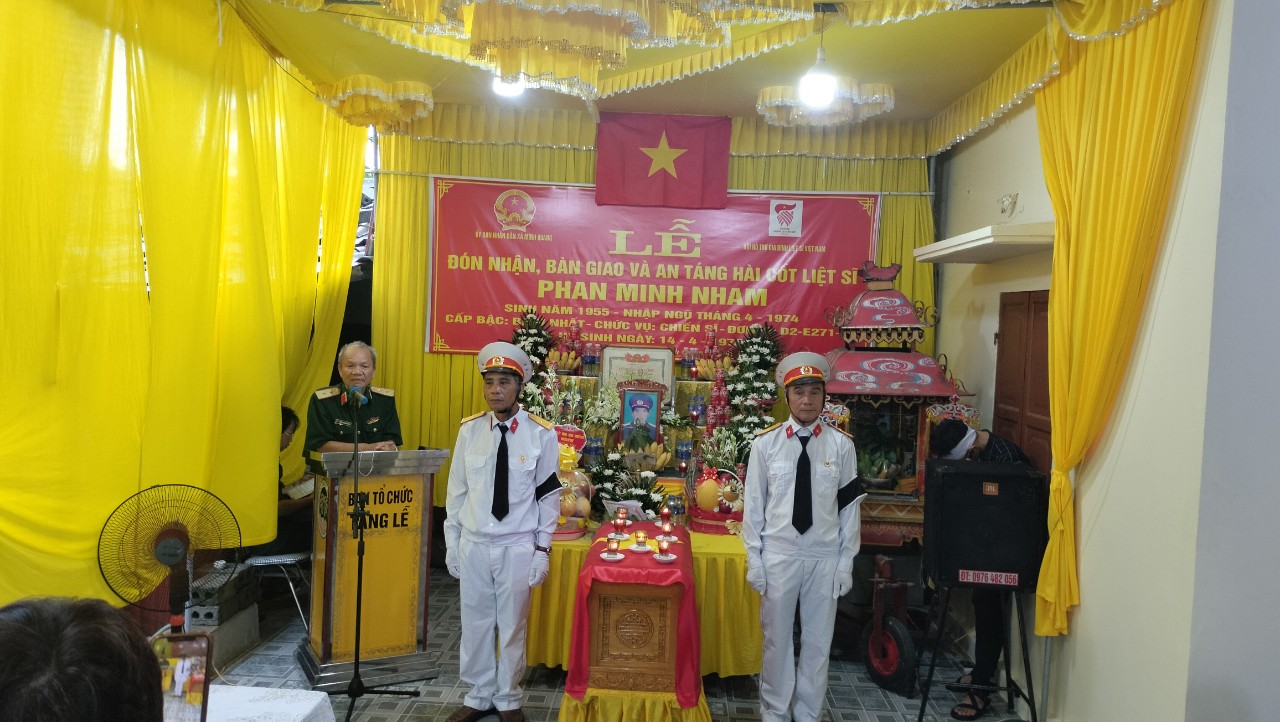
Upon receiving the news, Mr. Hieu's family immediately arranged to go to the South to find his brother's grave and verify the information. However, upon arriving, at the martyr's grave, the tombstone had the name Phan Van Nham and another family in Nam Dinh came to claim it as their relative.
“The family in Nam Dinh also insisted that the grave was that of their relative, because they heard the “psychic” say so. While based on information from former comrades and the local Department of Labor, War Invalids and Social Affairs, I believed that it was my brother, so the solution given by the local authorities was to identify through genetic testing. When the DNA testing results were announced, I was overwhelmed because I could confirm that the person lying under that grave was my brother, martyr Phan Minh Nham. After half a century, the family received sad news about him, but now it is indescribable good news because my brother is being brought back to his hometown this July,” Mr. Hieu shared.
Sharing the joy with the families of the two martyrs in Thai Binh in July 2024, 2 weeks ago, Ms. Pham Thi Vinh, the younger sister of martyr Pham Van Thuoc, from Dinh Thanh commune, Yen Dinh district, Thanh Hoa, also received news that the genetic test results matched the martyr's grave at Thu Duc cemetery (Ho Chi Minh City).
Martyr Pham Van Thuoc joined the army in 1971, when he was only 17 years old, and died in 1975. “It was 10 years later that my family received a death notice, but at that time our family was poor, so we could not search for my brother. In 1985, my family went to Bao Loc, Lam Dong to build a new economy and also searched many times in cemeteries in Ho Chi Minh City, but to no avail,” said Ms. Pham Thi Vinh.
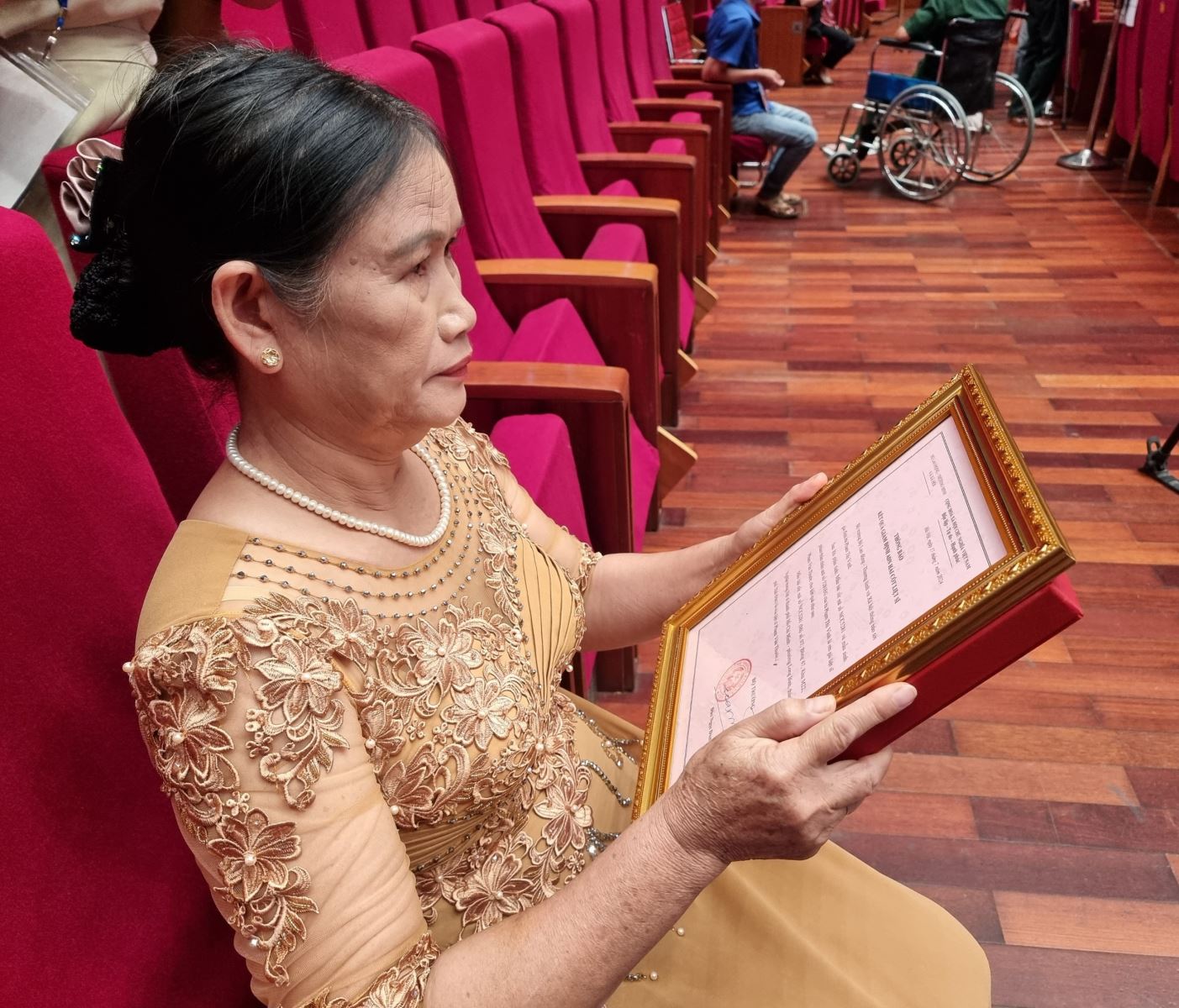
“When the representative of the Department of Meritorious People announced that the test results were consistent, I hardly slept all week to go to Hanoi to receive the results and discuss with my family members the plan to bring my brother home,” Ms. Pham Thi Vinh shared.

"My comrades fought and sacrificed so that I could live, so keeping the promise with my former comrades, those who are still alive will go find and bring the deceased back," affirmed Lieutenant General Hoang Khanh Hung, Chairman of the Association for Supporting Families of Martyrs, former Deputy Commander, Political Commissar of the Engineering Command, and former Political Commissar of the Military Technical Academy.
Therefore, in 2011, upon his retirement, Lieutenant General Hoang Khanh Hung immediately focused on finding the remains of his comrades and supporting the families of martyrs in the provinces and cities. For more than 13 years doing “unpaid work”, whenever “there was information, General Hung would set out, even though the journey sometimes extended thousands of kilometers to the neighboring country of Laos…
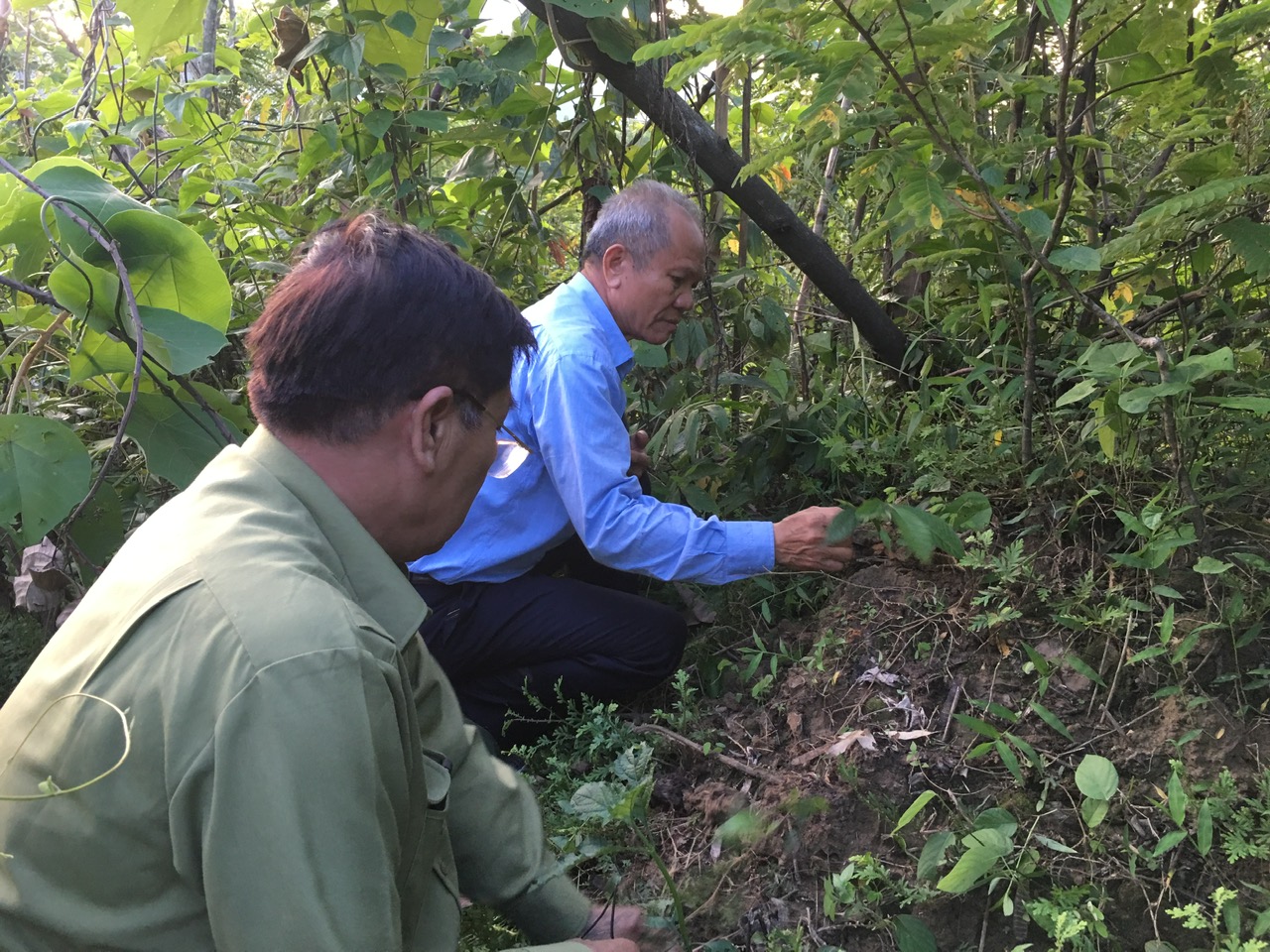
The reason why he can persevere with such work, according to General Hoang Khanh Hung, is due to fate, advice from his comrades, and unconditional support from his family. “I went to Laos 10 times to find my comrades, and my wife went with me 6 times. Thanks to that encouragement, I continue to search for my comrades, because time will not wait for us. Searching for martyrs' remains is increasingly difficult because the terrain and topography of the old battlefield have changed a lot. The weather in many localities is harsh, so the remains have also faded over the years,” Lieutenant General Hoang Khanh Hung shared.
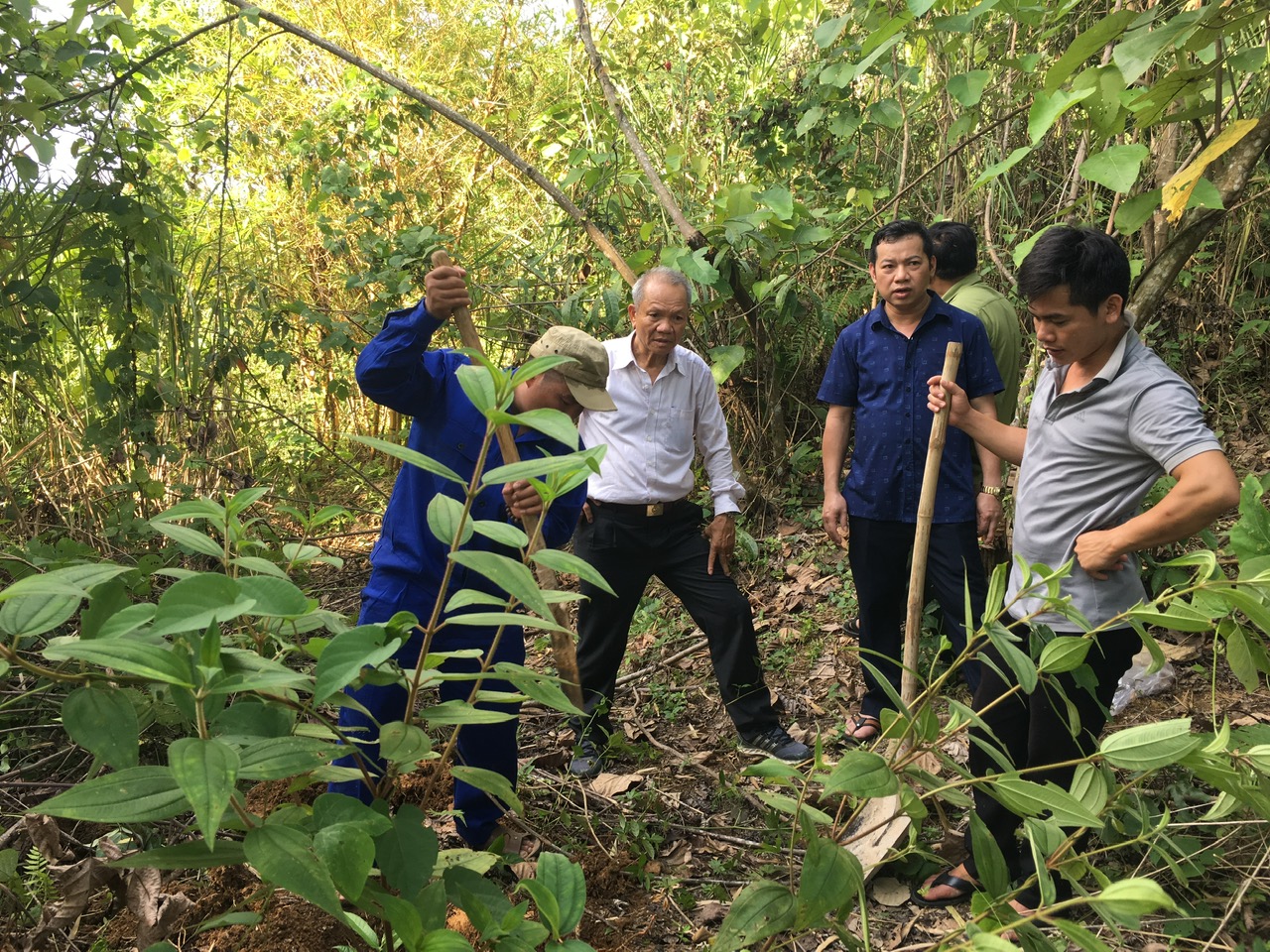
“This reality raises the issue of DNA genetic testing to identify martyrs. The current cost of DNA genetic testing for each sample is 5 million VND. To identify information about an unknown martyr, it is necessary to identify the relatives, at least one sample. Therefore, to identify the genetic information of the remains of an unidentified martyr, 2 samples are needed, costing about 10 million VND. Therefore, to conduct genetic testing and bring martyrs back, funding is needed,” Lieutenant General Hoang Khanh Hung shared.
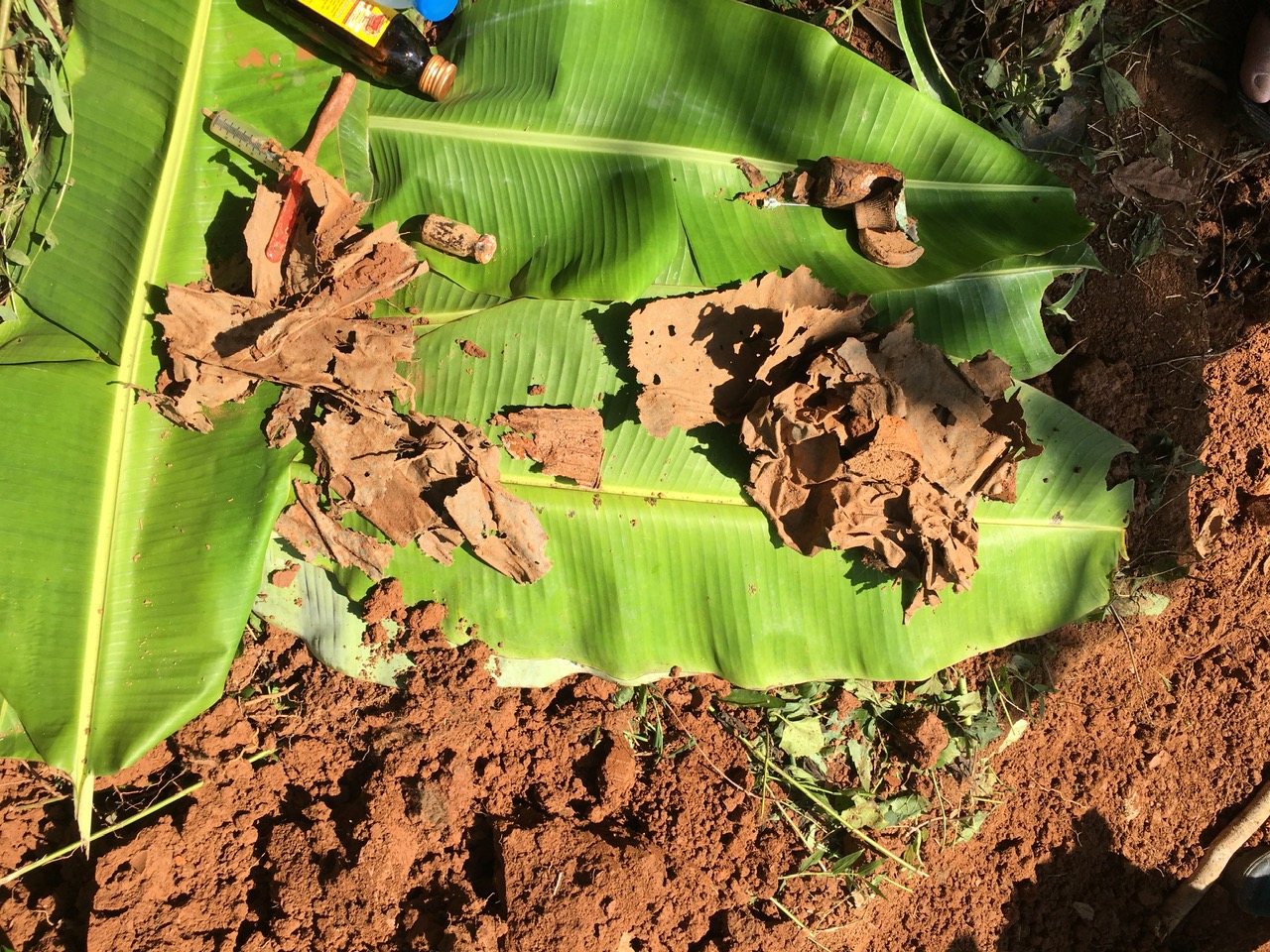
Over the past 13 years, through mobilizing many sources and the text message program to pay tribute to martyrs, the total amount of money raised is about 170 billion VND. This amount of money contributes to moving the remains of martyrs from battlefields and cemeteries back to their homeland, correcting information on tombstones, helping martyrs' families find relatives, building gratitude houses, giving gratitude books, giving gifts...
In 13 years, General Hoang Khanh Hung and his teammates have received and processed information from more than 200,000 martyrs; collected samples from more than 1,000 martyrs' relatives for DNA testing; returned correct results to 494 martyrs; provided advice and support to 33,000 families to find remains; 200 families found the remains of their fathers and brothers; and corrected information on tombstones for 1,000 martyrs.
On his journey to pay tribute to his comrades, General Hoang Khanh Hung has made hundreds of trips across the country, but the most difficult and painful trips are those to find the graves of martyrs in Laos. He said that the journey from Hanoi at 5am to Vientiane (Laos) usually takes 16 hours, then another 300km to reach the destination according to the information provided.
“When I was young, I went to Laos to fight many times, but now that I have returned, the old roads from the past, although I remember them clearly, are now difficult to identify because the terrain has changed over the years. The search sometimes lasts for many days, leaving in the morning and having to return at night. Sometimes the regrouping group struggles because there is no place to stay.

“Once, we found the correct information about the martyrs provided by Lao veterans about 31 Vietnamese martyrs’ graves. I informed our martyrs’ collection teams to dig them up, but they were all soil. This was difficult because the battle was fierce. When burying comrades, if we could control the battlefield, the remains would be buried properly. If we couldn’t control the battlefield, we would often hastily drag them outside the fence and bury them in only 30-50 cm of soil. Therefore, after about 50 years, many graves now have nothing left. So it is very difficult to appraise them. Meanwhile, in order to bring our comrades back to their homeland, the principle is that there must be bones and relics, so even though we love our comrades very much, we still have to rebuild the graves,” Lieutenant General Hoang Khanh Hung said sadly.
“Experience in searching for martyrs’ graves over the years has shown that, first of all, it is an empirical measure, from comrades in the same unit, connecting information to find the right place where martyrs fought and were buried. In case of incorrect information and unknown names, genetic identification is the most accurate scientific solution. This is also a solution to eliminate disguised psychic measures that take money from many families searching for martyrs’ graves,” Lieutenant General Hoang Khanh Hung shared.
Not only looking for information that is still stored by our army. Lieutenant General Hoang Khanh Hung also searched for information about his comrades from American veterans. On June 19, 2024 in Hanoi, American veterans and the US Institute of Peace visited Vietnam, returned to the old battlefield and directly met, discussed and worked with the Vietnam Association for Supporting Families of Fallen Soldiers.
At these meetings, American veterans provided the Vietnam Association for the Support of Families of Fallen Soldiers with valuable information such as records in Tay Ninh, Dong Nai, Binh Phuoc, Binh Duong, with 20 locations of mass graves in Vietnam. If the re-survey work is done well and all 20 locations are excavated, about 3,000 martyrs' remains can be brought back.
Mass graves are usually 7 meters long, 3 meters wide, and about 3 meters deep. Therefore, when searching, machines cannot be used, ultrasound must be used to search and dig very deep, as in the case of Hoai Nhon district, Binh Dinh province, where 62 martyrs' remains had to be dug 3 meters deep.
Most recently, based on information from American veterans, the Association sent the Chief of Policy to Tien Giang to verify 97 graves. Hopefully, in the near future, we can find more graves of martyrs, even if we don't know their names, but we can put our comrades and martyrs to rest in cemeteries.
“Whenever we have information, we go looking for our comrades to return. Our comrades fought and sacrificed so that I and everyone can live like today. This is what urges me to do something more practical to show gratitude to my comrades, to do the work of those who have fallen to help their families and children. What I hope for most right now is to identify the martyrs as soon as possible because searching and identifying is becoming more and more difficult,” Lieutenant General Hoang Khanh Hung confided.

Summing up the results of the implementation of the project on searching, collecting and identifying the remains of martyrs with missing information, according to Steering Committee 515, from 2013 to May 2024, the whole country searched for and collected more than 21,200 martyrs' remains (more than 10,200 martyrs' remains in the country, more than 3,300 martyrs' remains in Laos, nearly 7,600 martyrs' remains in Cambodia). Functional units received more than 38,000 samples of martyrs' remains and biological samples of martyrs' relatives; analyzed and stored DNA of more than 23,000 samples; identified the remains of martyrs with missing information in more than 4,000 cases (by empirical method, nearly 3,000 cases, by DNA identification method, more than 1,000 cases).
Discussing this issue, Director of the Department of Meritorious People (Ministry of Labor, War Invalids and Social Affairs) Dao Ngoc Loi said that the work of identifying the remains of martyrs with missing information is regulated in Decree 131/2021/ND-CP. Accordingly, the Government assigned localities to develop a plan to collect samples of remains of martyrs with missing information at martyr cemeteries, and receive biological samples sent by martyrs' relatives to identification facilities.
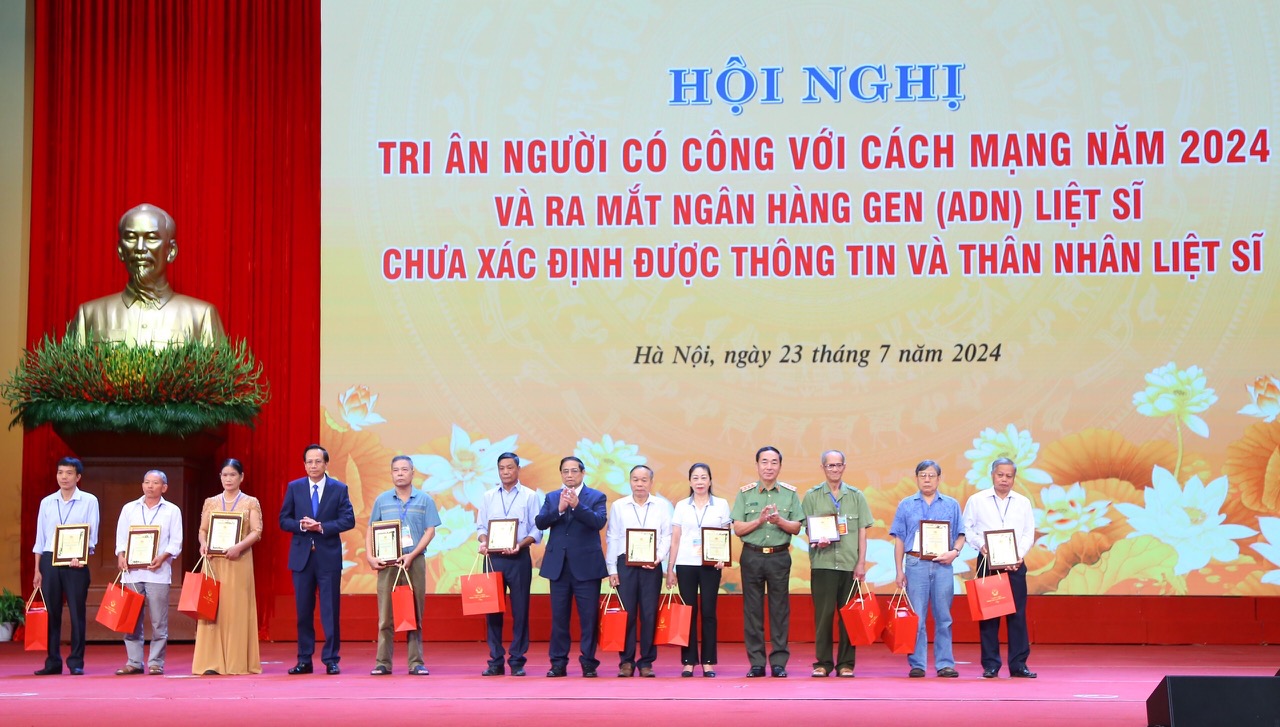
Mr. Dao Ngoc Loi commented that this is an accurate method to determine the blood relationship between martyrs and their relatives, but in practice, implementation still faces many difficulties. Regarding genetic identification, most martyrs' remains were buried for over 50 years and moved several times. Therefore, many remains could not be sampled for analysis, or if samples were taken, the quality of the synthesized DNA was not good enough to compare and match with relatives.
In addition, most of the people related to the martyrs are old and weak, and many families do not even have anyone to take samples from the mother's line. Some DNA testing facilities have been upgraded but are not yet synchronized with old equipment and machinery, and the team of experts is still lacking, affecting the effectiveness of DNA testing.
From a scientific perspective, Mr. Ha Huu Hao, Head of the Department of Medicine and Biology, National Institute of Forensic Medicine, said: “The difficulty in genetic identification of martyrs lies in the lack of a database to compare and contrast samples. When the genetic data results are available, the next important issue is to take samples from relatives and then enter them into the data system for comparison.”
According to genetic testing experts, the practice of collecting skeletal samples over the past 10 years shows that bone samples decay over time and only 30% meet testing requirements. When sent for testing, only half of these can still synthesize genes for data comparison.
Faced with the above challenges, to speed up the progress of collecting samples of martyrs' remains and DNA identification, Steering Committee 515 and the Ministry of Labor, War Invalids and Social Affairs reported to the Prime Minister to coordinate with the Ministry of Public Security and relevant ministries and branches to develop a project to collect samples of martyrs' remains in all martyrs' cemeteries and all biological samples of martyrs' relatives that need to be identified.
The State management agency also proposed upgrading and synchronizing the database system on martyrs, martyrs' relatives, and martyrs' graves; investing in, upgrading, purchasing equipment, and supplementing resources for appraisal facilities; receiving and transferring modern machinery and advanced technology.
Another difficulty in genetic identification is the establishment of technical and economic standards. Mr. Dao Ngoc Loi explained that DNA identification is a special service and cannot be applied as forensic identification. The establishment of technical and economic standards must be based on the identification process of martyrs' remains that lack information. Therefore, state management agencies need to establish technical and economic standards as a basis for establishing unit prices for DNA identification services for martyrs' remains and martyrs' relatives.

In December 2023, the Ministry of National Defense issued Circular 119/2023/TT-BQP guiding this process. Based on this Circular, the Ministry of Labor, War Invalids and Social Affairs assigned the Department of People with Merits to preside over and coordinate with relevant agencies and units to study and develop and submit to the Minister for promulgation of economic-technical norms and cost norms for performing appraisal services. It is expected that the economic-technical norms for genetic sample appraisal will be issued in the third quarter of this year.
Minister Dao Ngoc Dung said: Recently, the Ministry of Labor, Invalids and Social Affairs and the Ministry of National Defense have implemented the Project to identify the remains of martyrs with missing information (Project 150), which is mainly implemented by DNA identification and empirical methods. Up to now, the authorities have collected 10,000 samples of martyrs' remains and more than 3,000 biological samples of martyrs' relatives. From there, more than 1,000 martyrs' identities have been compared and matched to inform the martyrs' relatives. Implementing the plan to search for, collect martyrs' remains and identify the remains of martyrs with missing information by 2030, the Prime Minister's direction on national digital transformation and the Government's Project 06, on the current platform, units have stored data of more than 25,000 DNA data of martyrs' remains and relatives.
“On July 23, the Prime Minister announced the “Genome Bank for Unidentified Martyrs and Relatives of Martyrs”, creating conditions to gradually identify and return names to 300,000 unidentified martyrs. This is a very meaningful and sacred task, we must race against time, the faster the better because time does not allow us to delay. However, this is also a heavy, arduous and difficult task, but we do it with the command of our hearts in the journey to find and return names to heroic martyrs”, Minister Dao Ngoc Dung affirmed.
Article, clip: Xuan Cuong
Photo: Xuan Cuong + Contributor + VNA
Presentation and design: Nguyen Ha, Xuan Minh
Source: https://baotintuc.vn/long-form/emagazine/tra-lai-ten-cho-cac-liet-si-chua-xac-dinh-danh-tinh-20240726221702433.htm


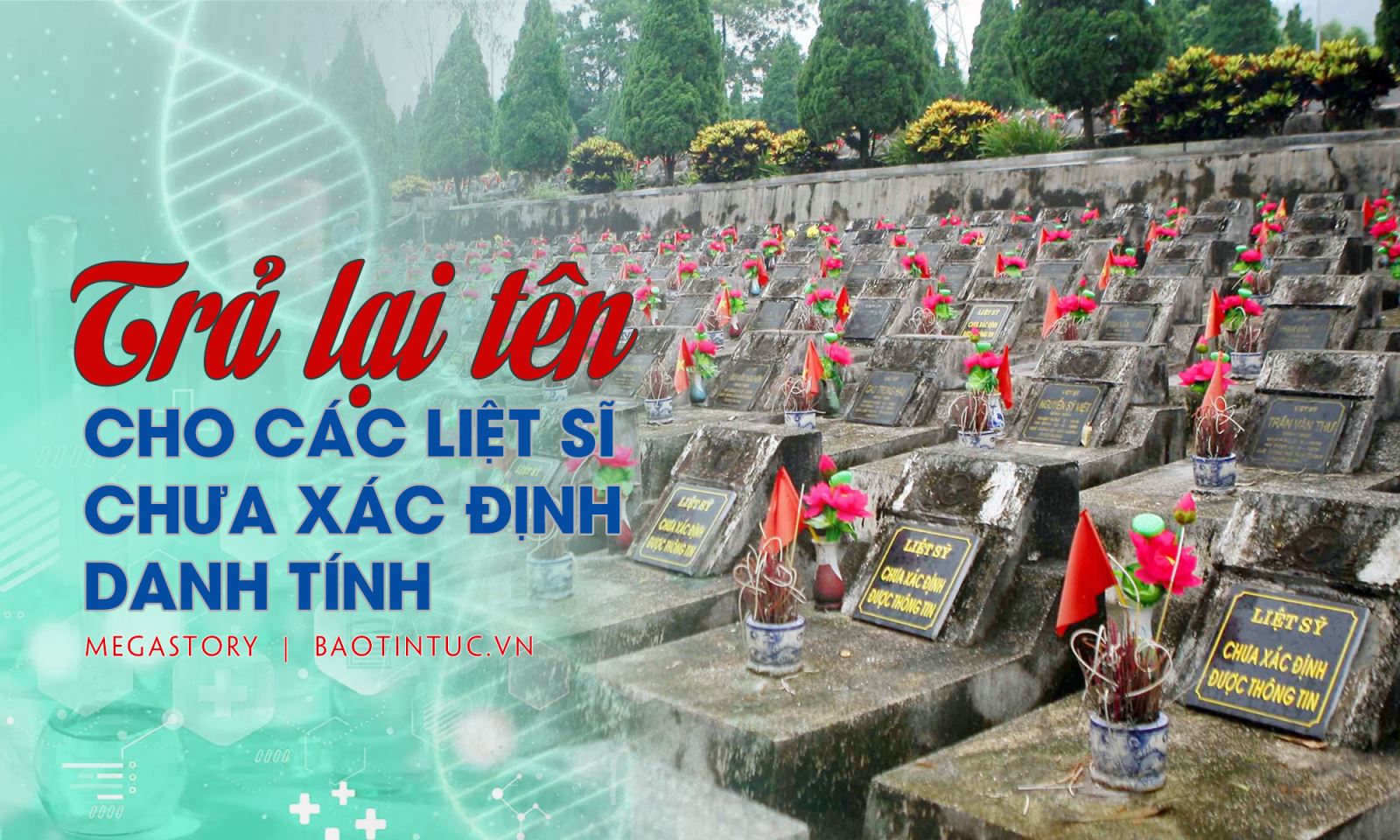


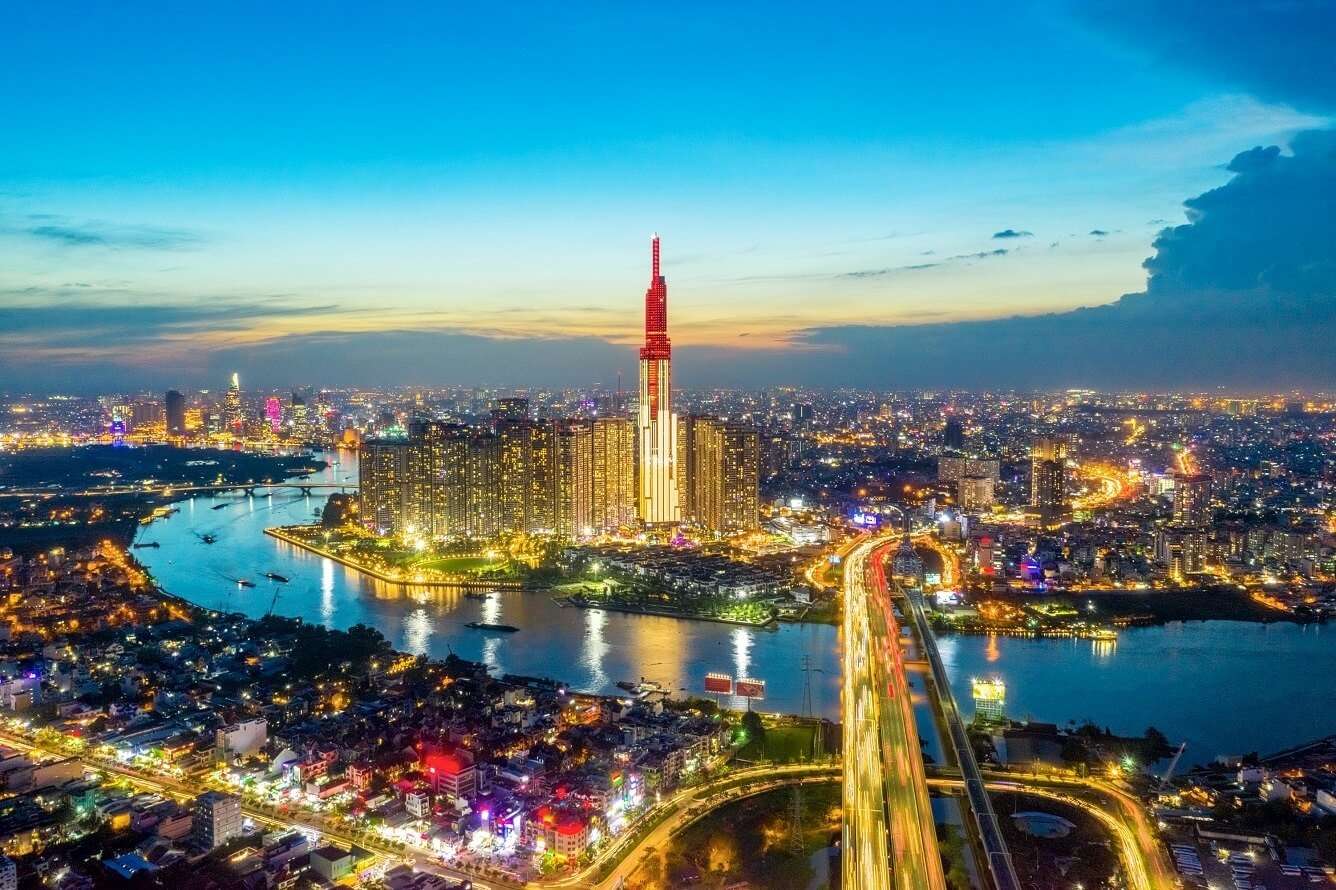


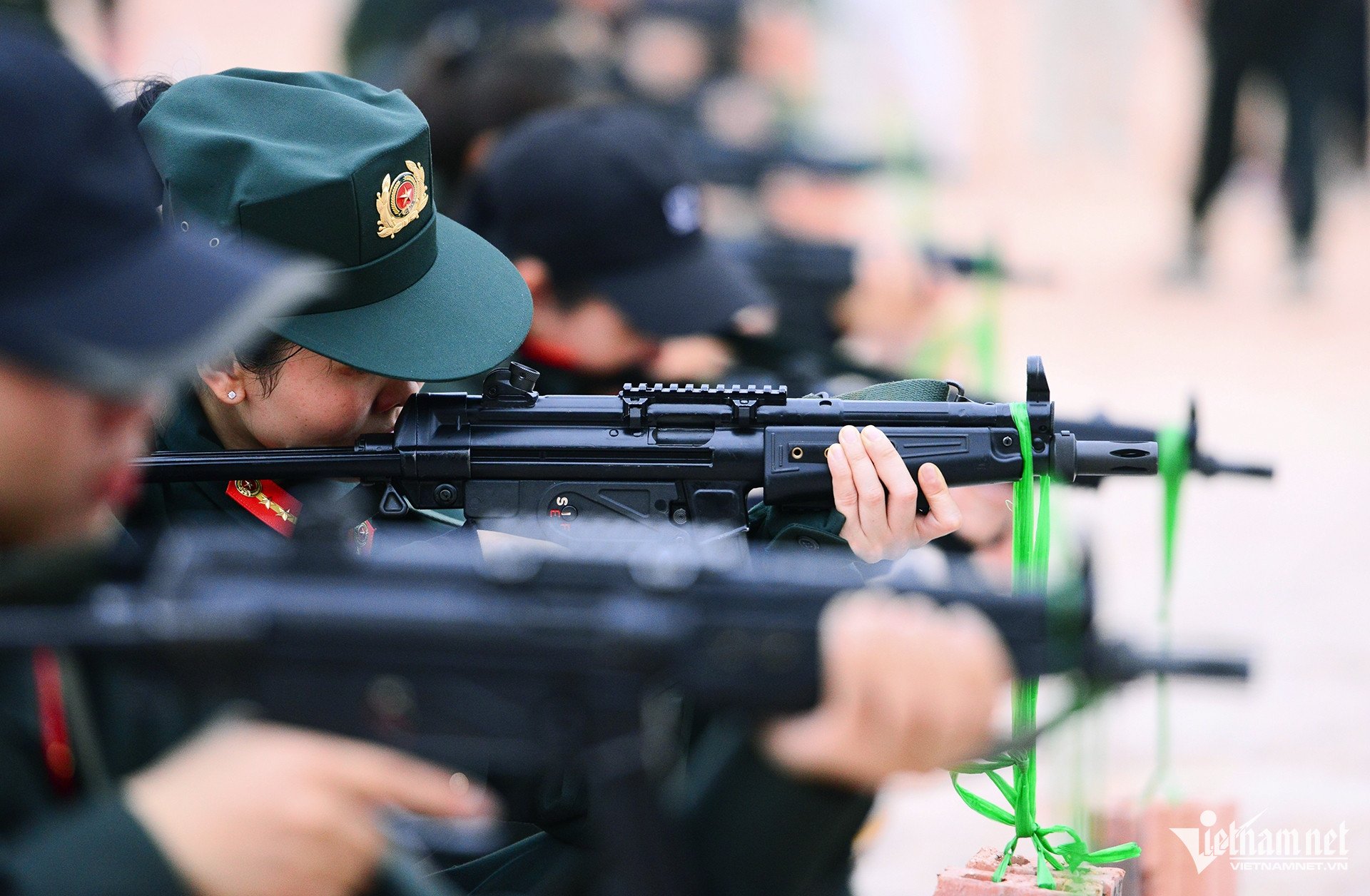
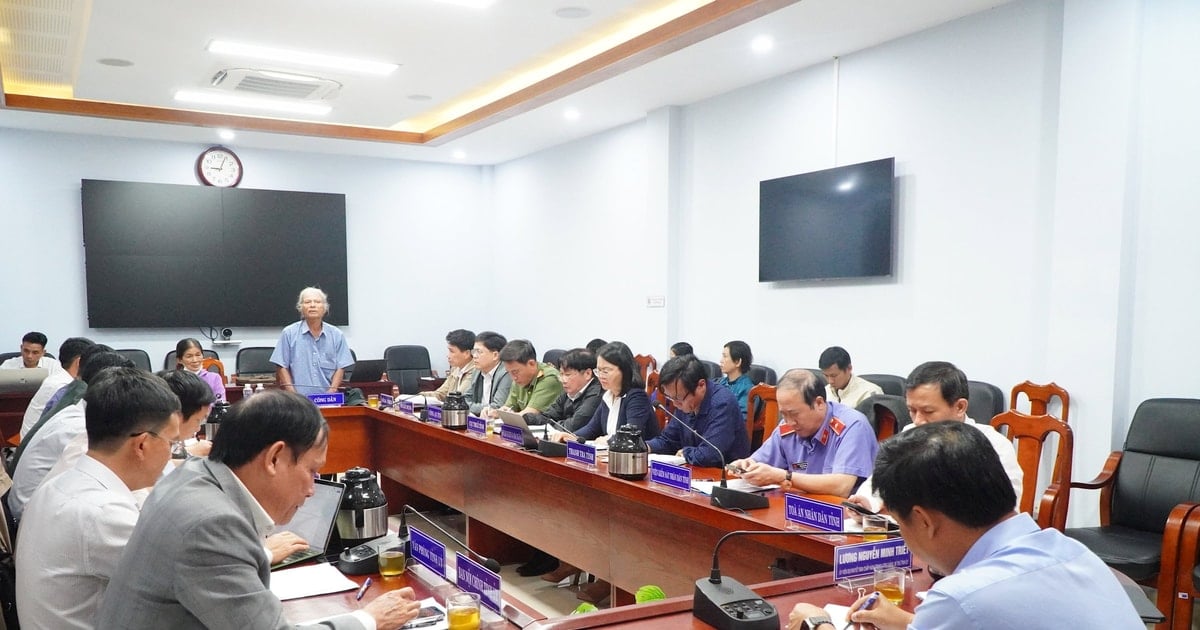
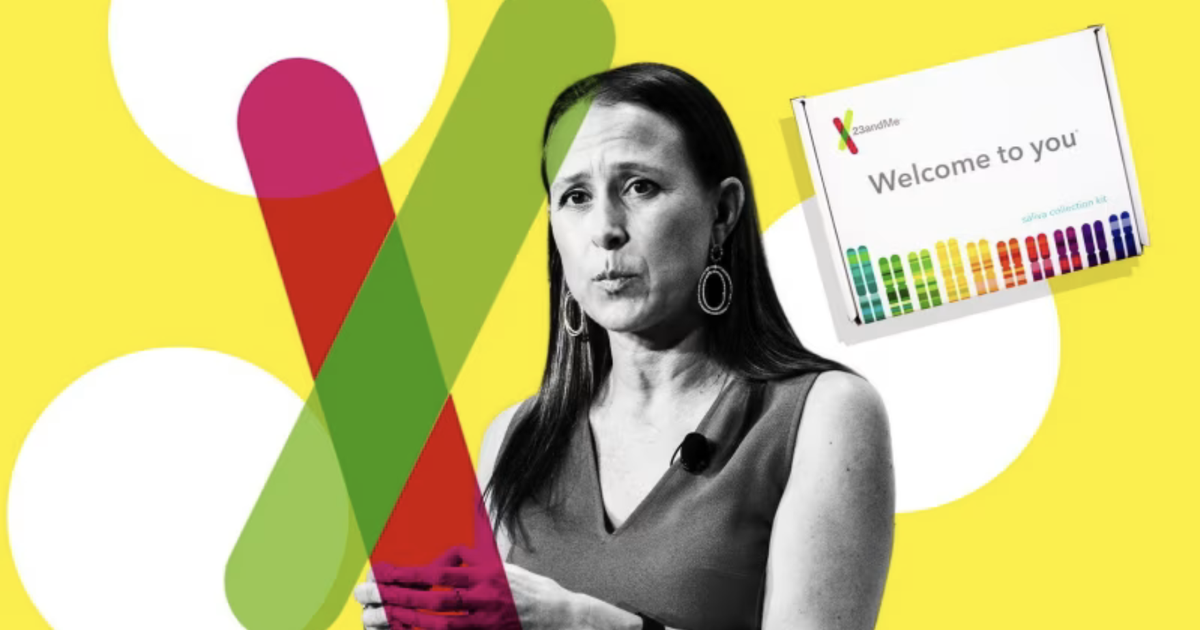

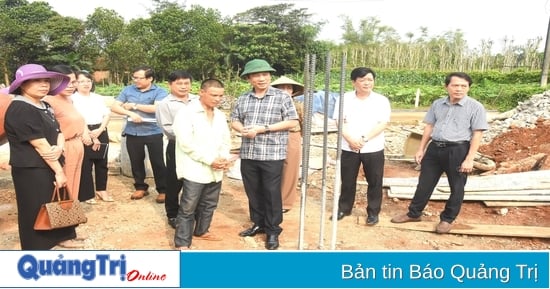

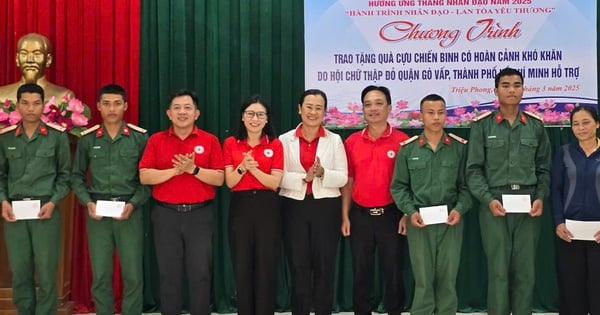

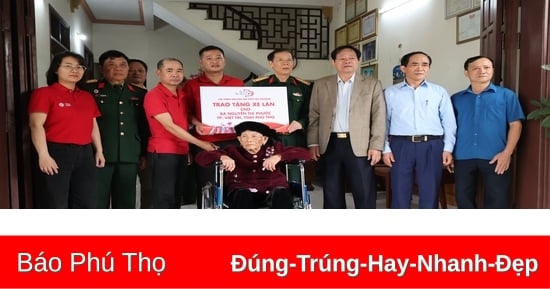
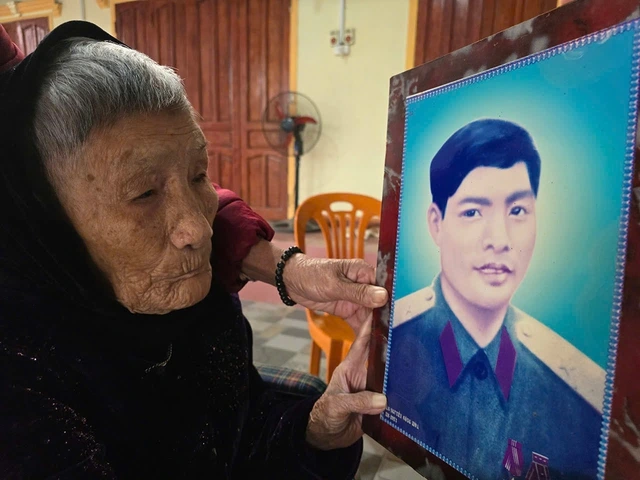
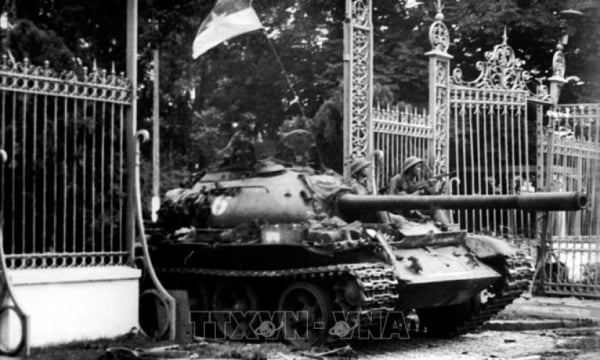
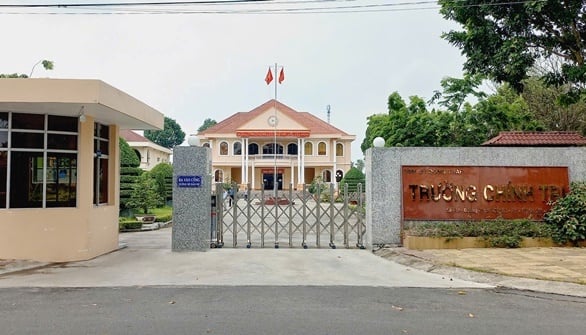

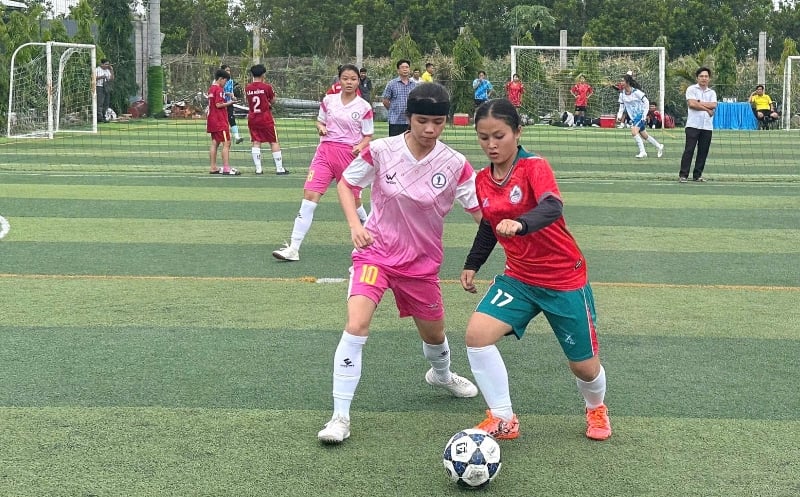
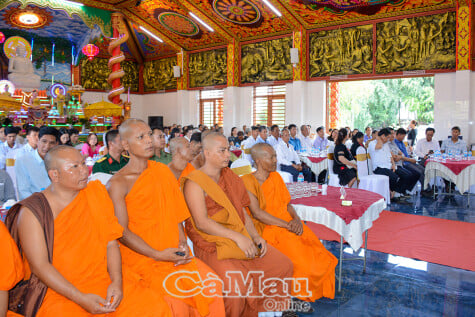




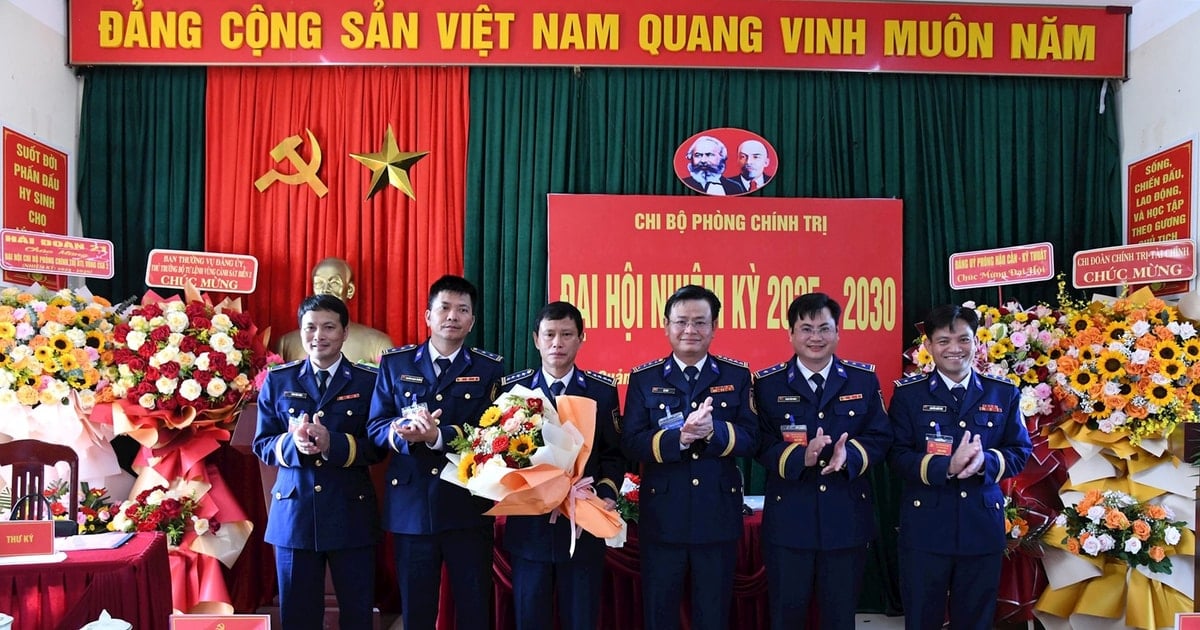
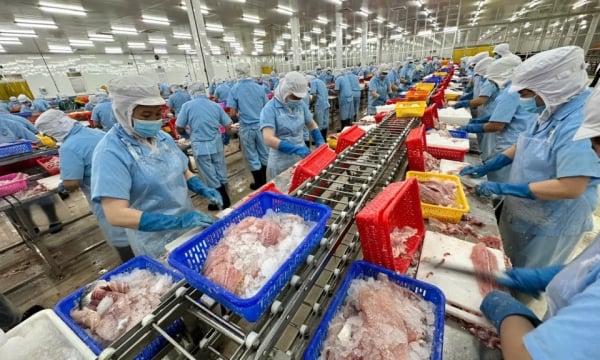
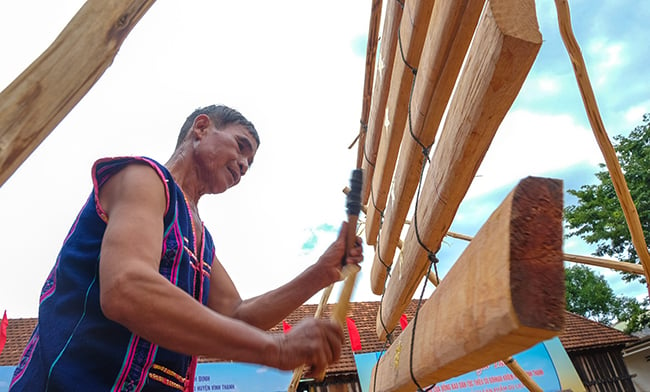
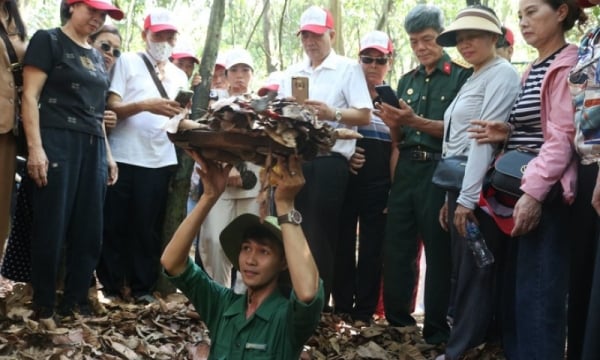
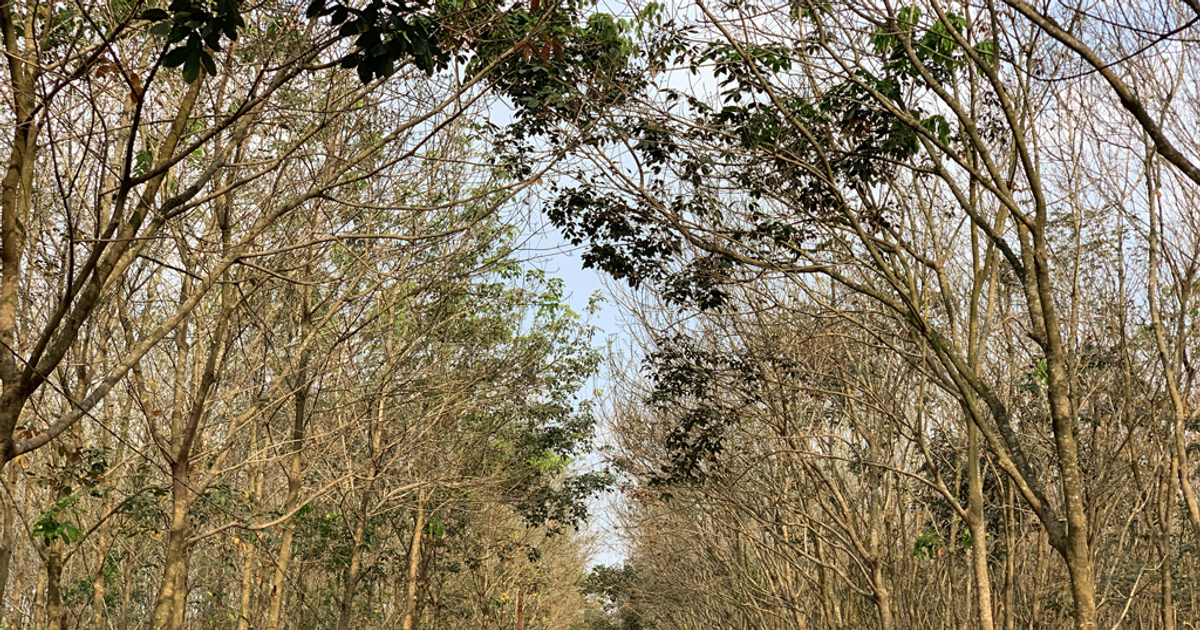
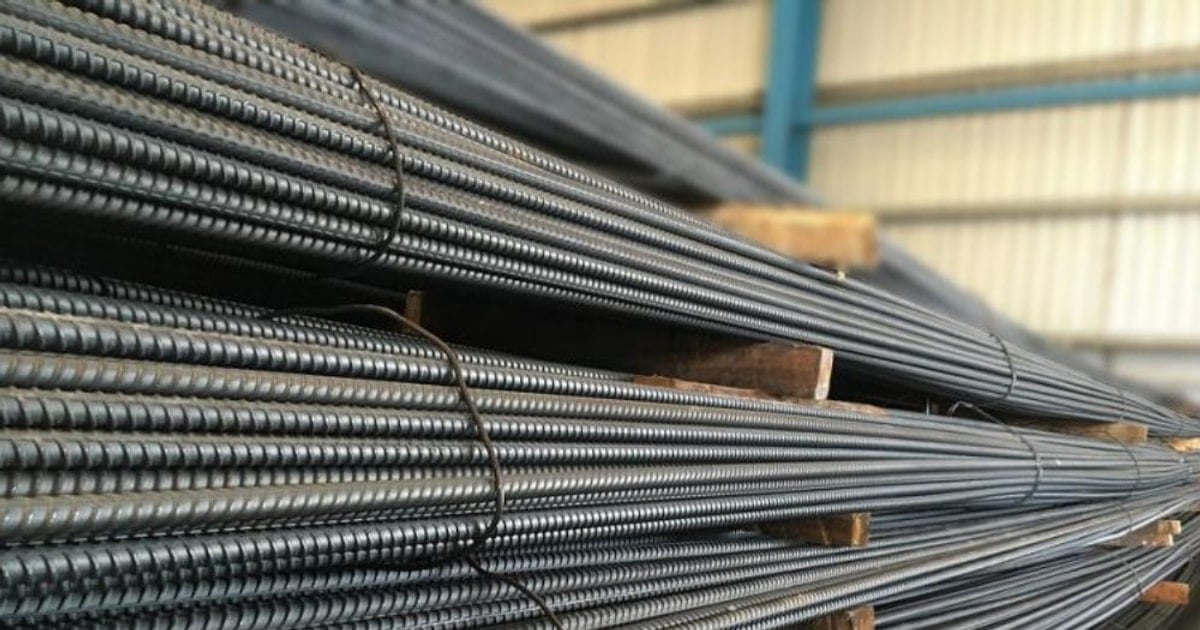
![[Photo] "Beauties" participate in the parade rehearsal at Bien Hoa airport](https://vstatic.vietnam.vn/vietnam/resource/IMAGE/2025/4/11/155502af3384431e918de0e2e585d13a)



























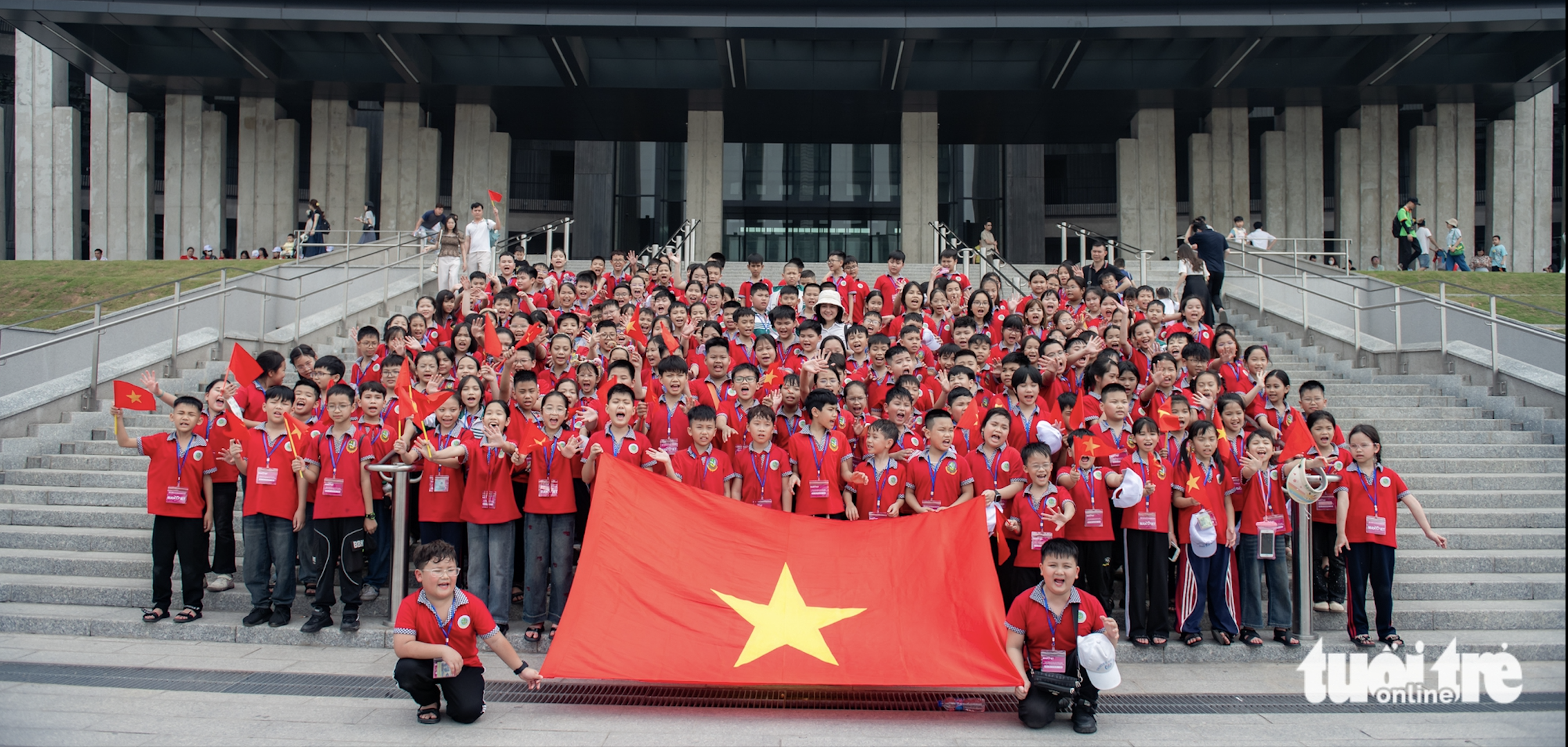
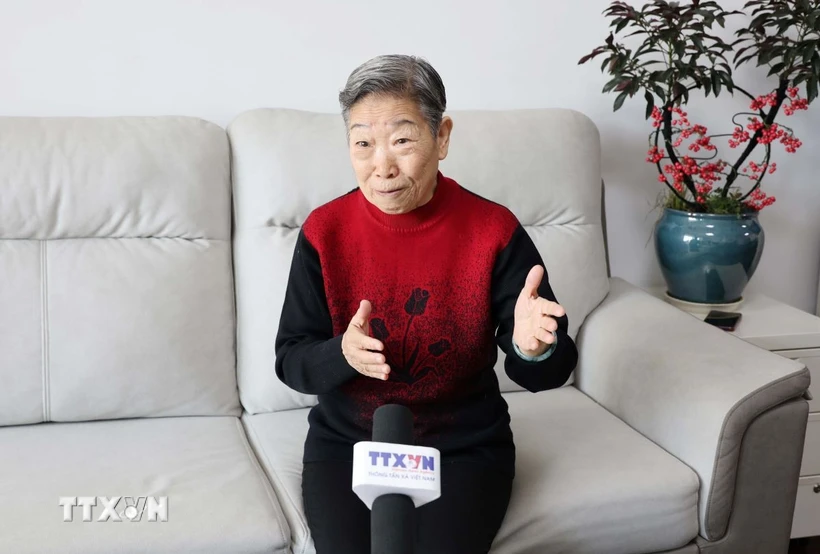

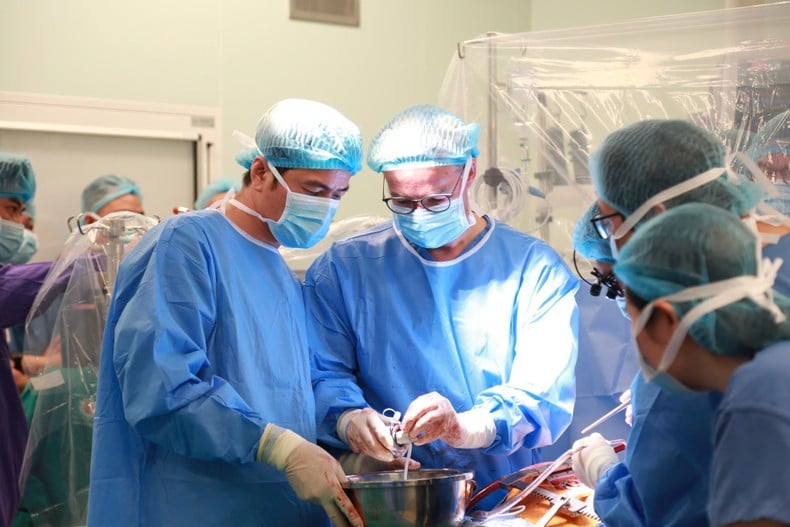

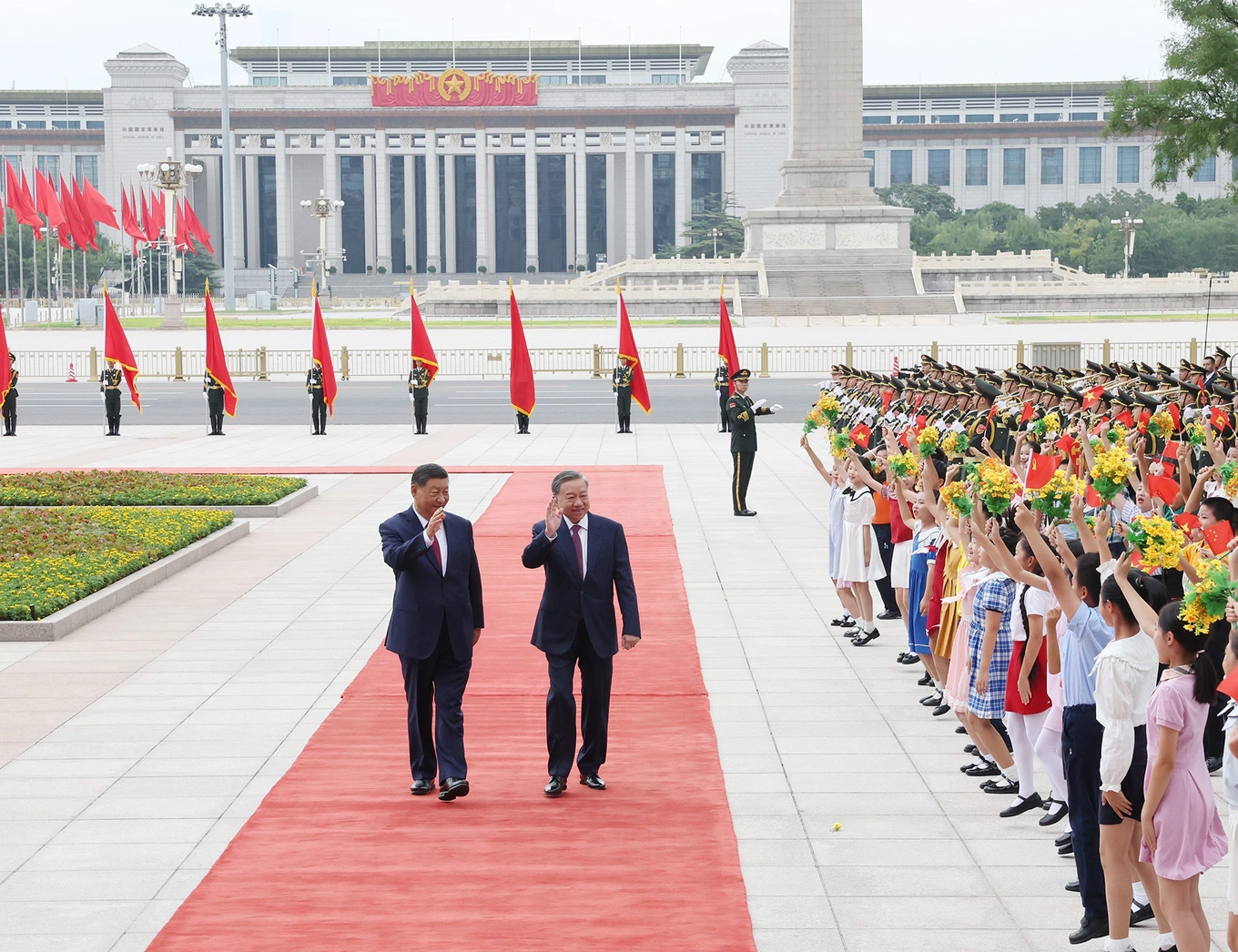







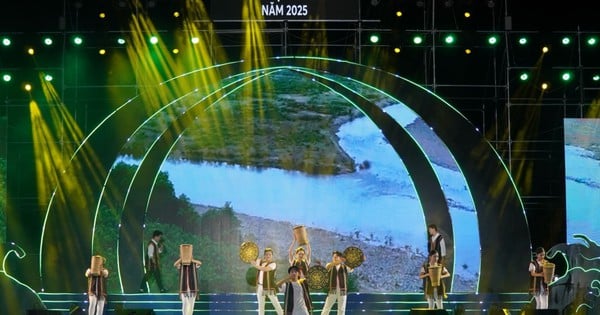
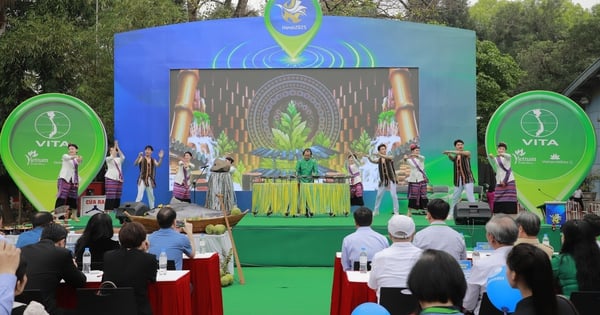
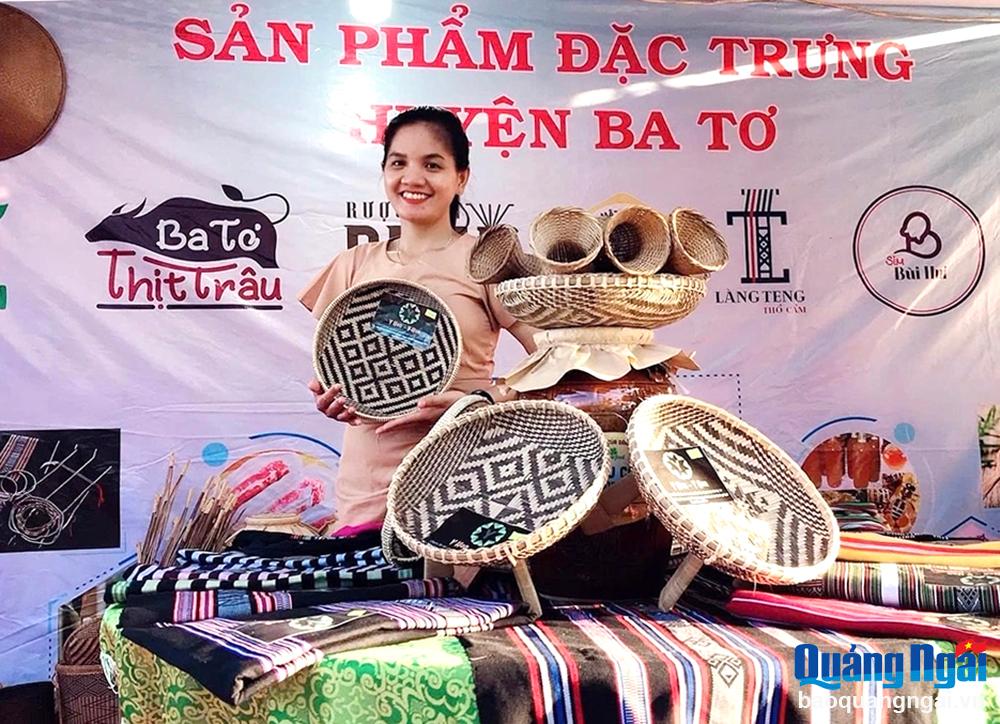

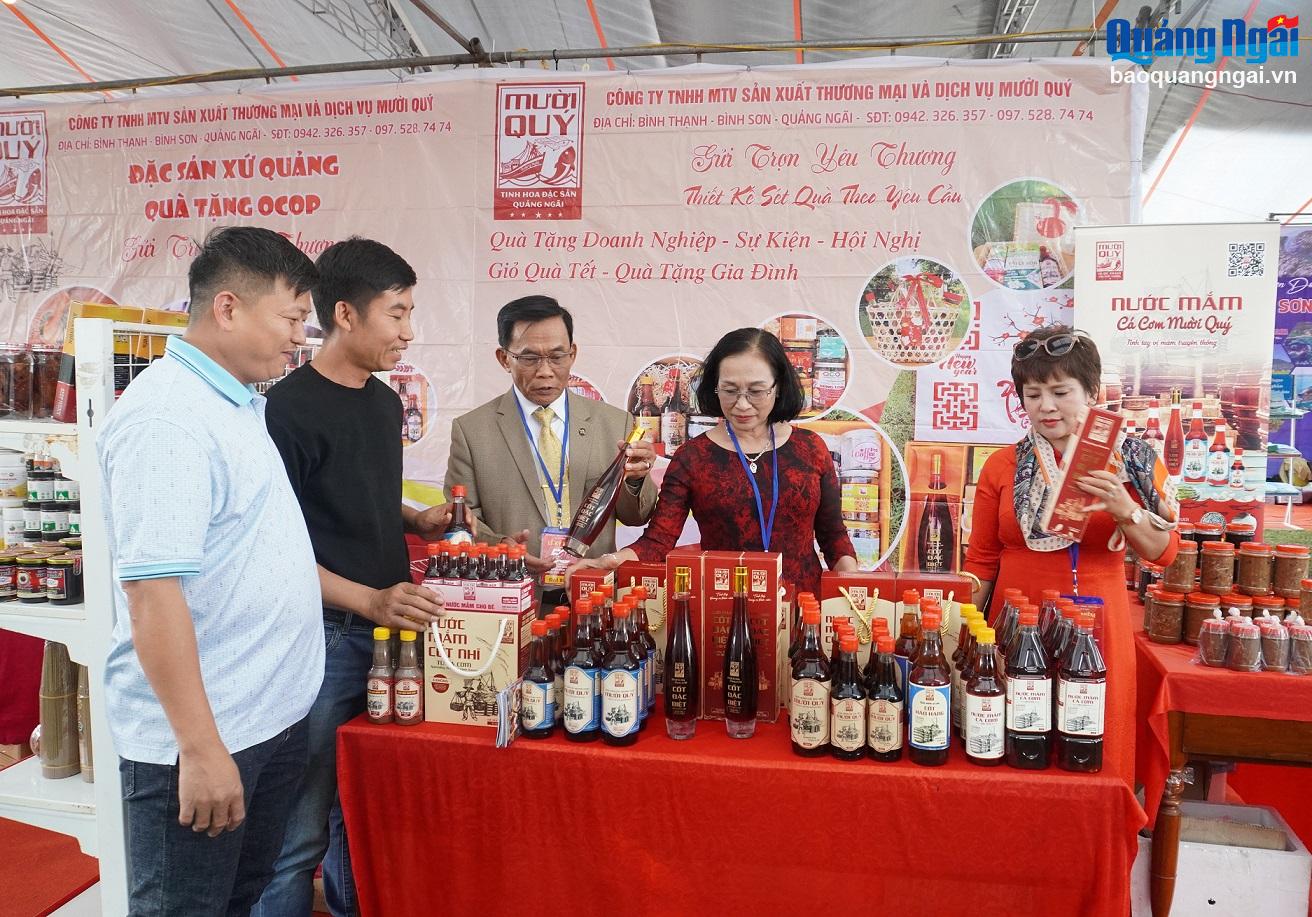
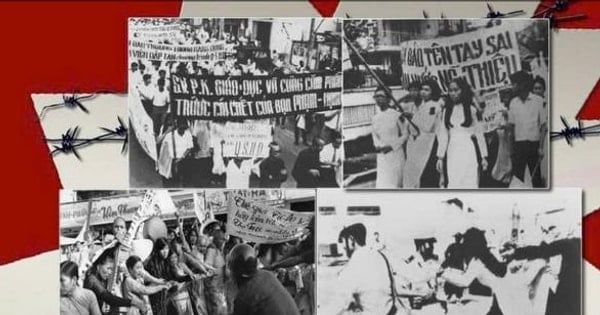

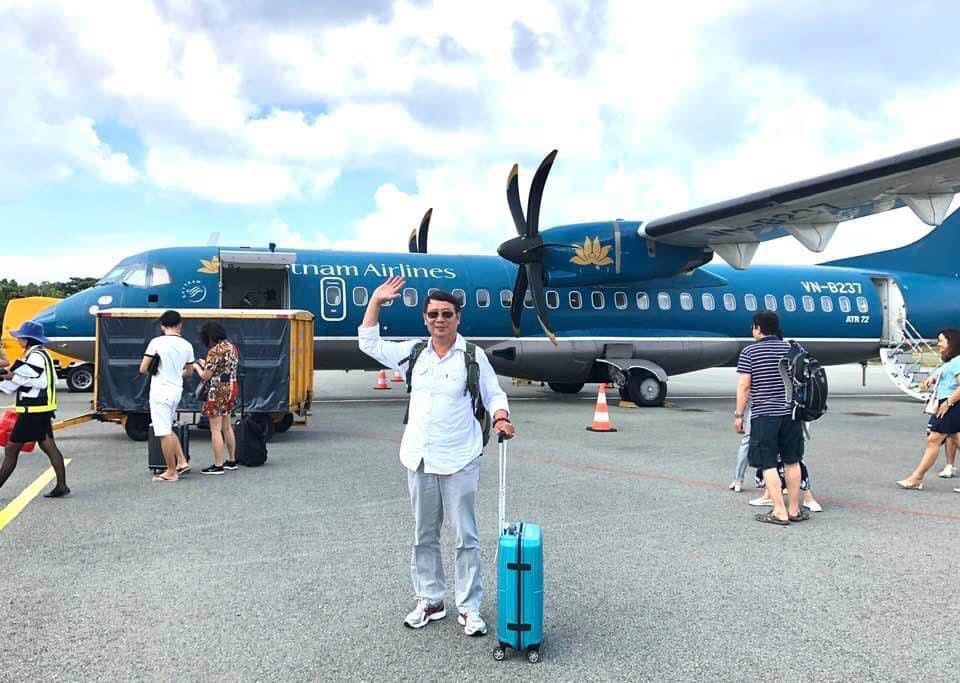














Comment (0)